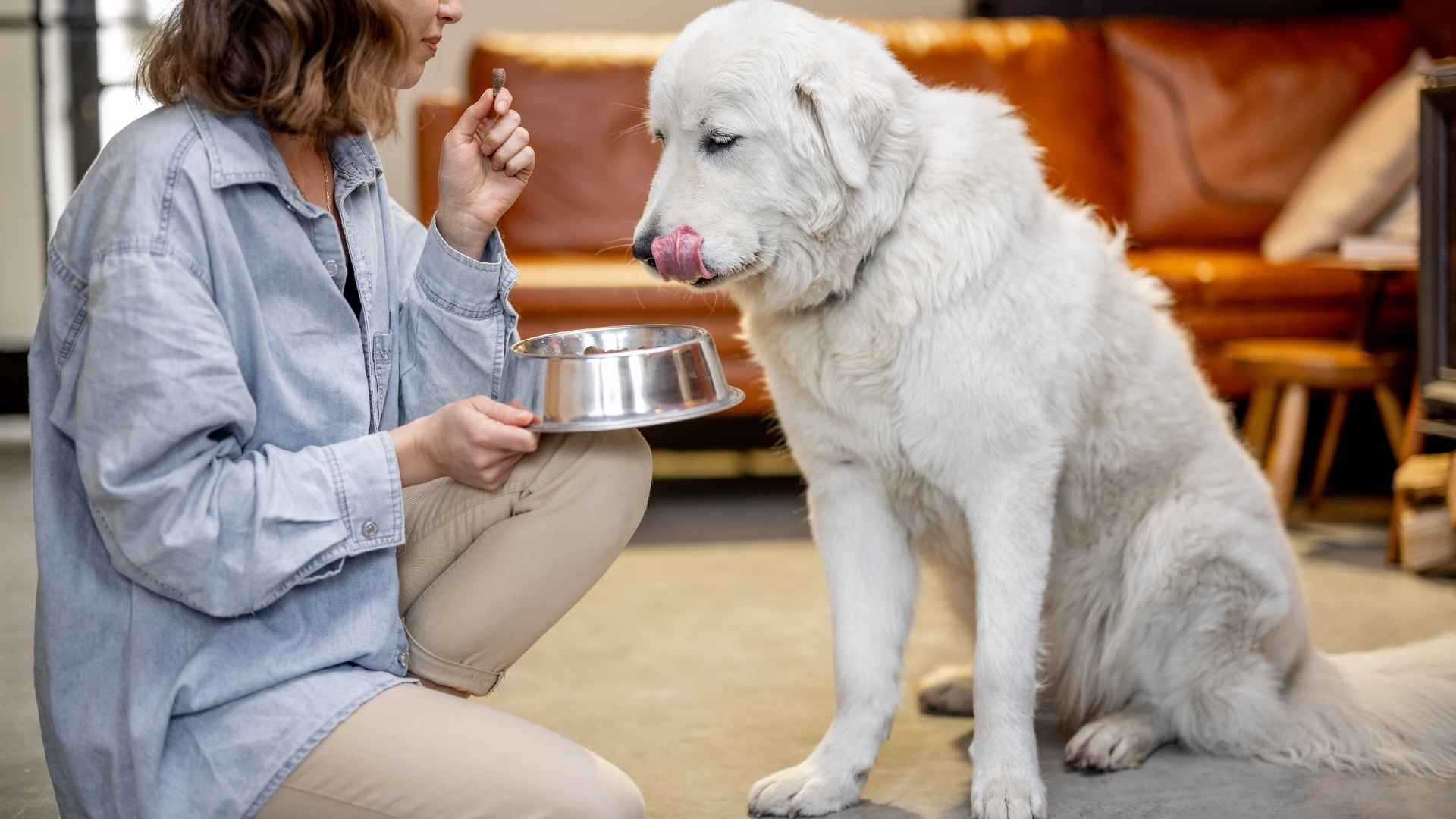Some dogs live for food, always looking for their next treat or meal. These eager-eating dog breeds seem to have bottomless stomachs, making them easy to train but also prone to overeating. While their appetite can be a great tool for obedience and training sessions, maintaining their health requires careful portion control.
Whether they were originally bred for hunting, herding, or companionship, these dogs share a strong food motivation that keeps their owners on their toes.
From small, agile breeds to high-energy working dogs, their enthusiasm for food is unmatched. Here’s a closer look at seven dog breeds that are always ready for their next bite.
Eager Eater Dog Breeds
1. Shetland Sheepdog
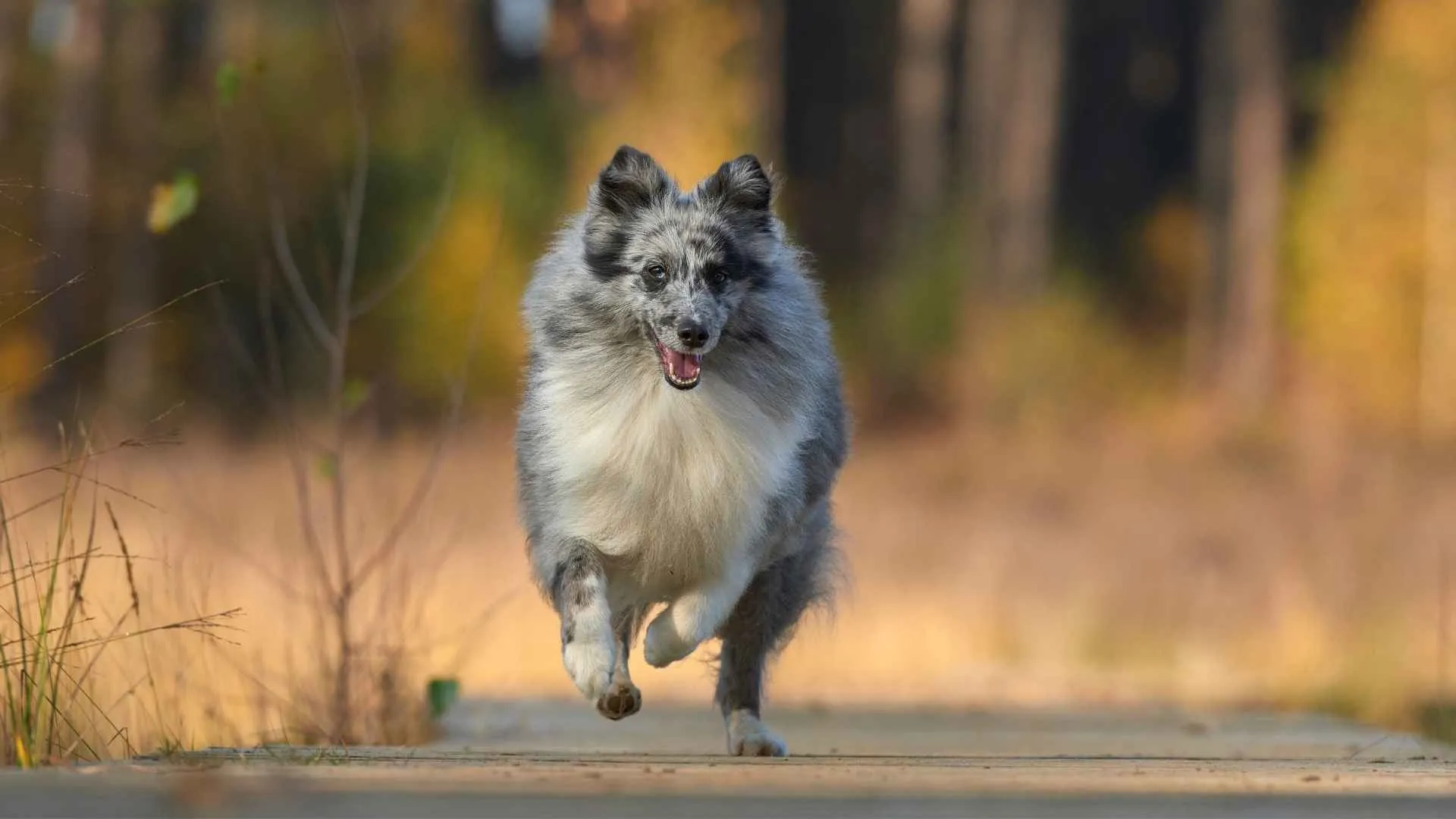
The Shetland Sheepdog is a small but highly intelligent breed with a strong appetite. Known for its eager-to-please personality, this herding dog quickly picks up new tricks and thrives on positive reinforcement, especially when food is involved. Their desire to please makes them highly responsive to training, but their love for treats can lead to overindulgence if not managed properly.
With their natural agility and boundless energy, these dogs require a balanced diet to fuel their active lifestyle. Shelties are known for excelling in dog sports, where their speed and sharp instincts make them stand out. Their quick learner mentality means they’ll do just about anything for a reward, making food a powerful motivator in training.

While their appetite is impressive, portion control is essential to avoid excessive weight gain. With their gentle nature, they may charm their way into extra treats from unsuspecting owners. Feeding schedules and controlled portions are key to keeping them at a healthy weight.
Despite their small size, Shelties have a big personality and an even bigger appetite. They are wonderful companions for active individuals and families who can provide plenty of mental and physical stimulation. With the right diet and exercise, they stay fit, affectionate, and eager to perform.
2. Papillon

With their signature butterfly-like ears, the Papillon is a tiny, eager-to-please breed with a surprisingly big appetite. These playful dogs are full of personality and thrive in an environment where they can interact with humans and show off their intelligence. Their love for food makes them highly trainable, and they excel in obedience and trick training.
Papillons are known for their expressive faces and charming antics, often using their adorable looks to earn extra snacks. Their small size means they don’t need large portions, but their eagerness for treats requires complex tricks to prevent overfeeding. Despite their love for food, they tend to savor their meals, enjoying different flavors and textures.
Their high energy levels make them ideal for active households. While they are affectionate and calm lapdogs, they also enjoy activities that challenge their intelligence, such as puzzle toys and interactive feeders. This helps satisfy their appetite while engaging their sharp minds.
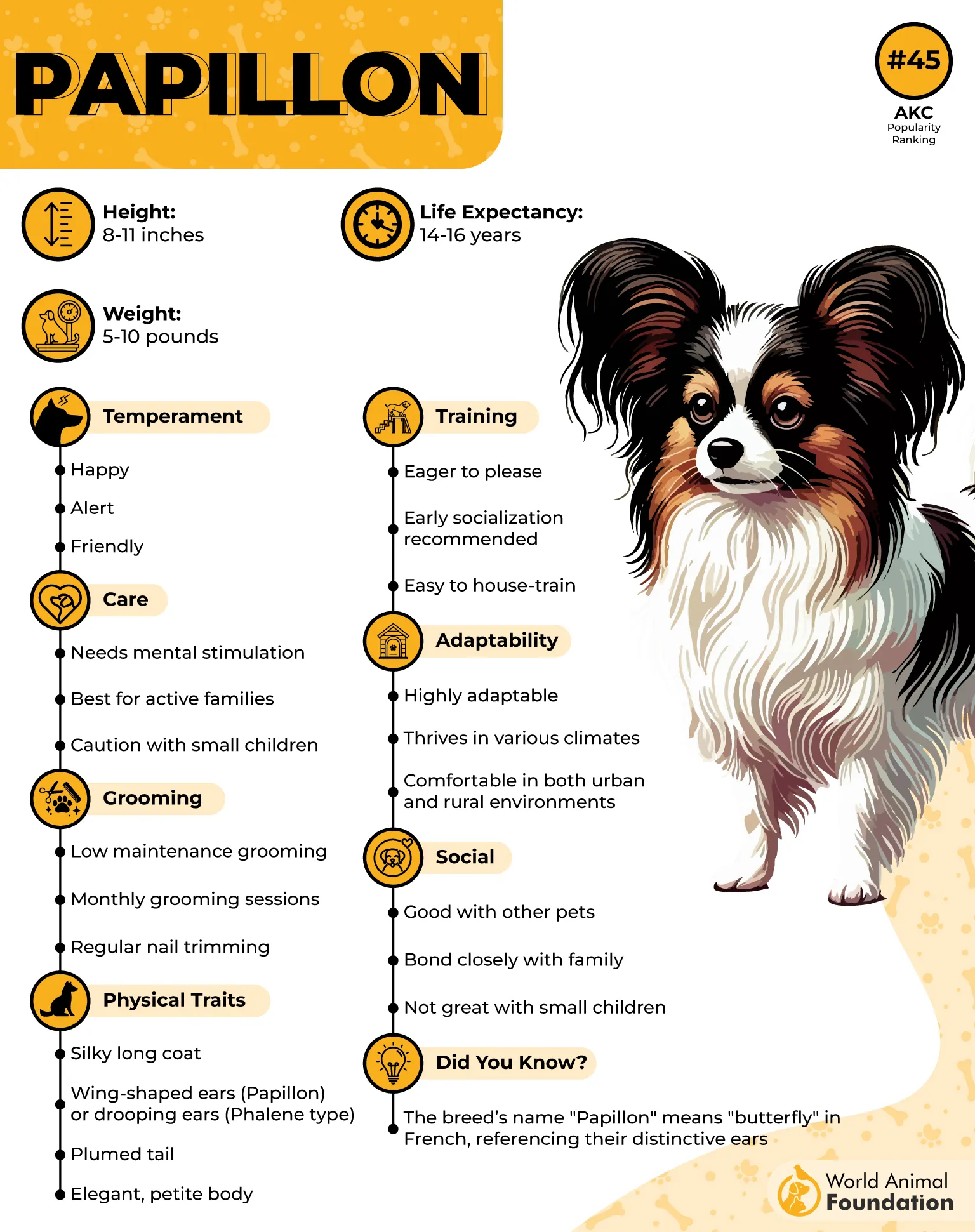
Originally bred as companion dogs, Papillons have a strong bond with their owners and are happiest when they feel involved. Their small stature doesn’t stop them from being bold, and they respond well to training sessions that use food rewards.
The Papillon is a fantastic choice for those looking for a small but highly trainable pet with a love for learning. These tiny food enthusiasts can maintain a healthy lifestyle with proper portion control and a balanced diet.
3. Cavalier King Charles Spaniel

The Cavalier King Charles Spaniel is known for its gentle nature and affectionate personality. These great family pets are incredibly food-motivated, making them easy to train and prone to begging. Their soulful eyes and loving disposition often lead owners to give in to extra treats, which can quickly add up.
While they were originally bred as lapdogs for royalty, Cavaliers still have a playful side and enjoy activities that keep them engaged. They respond well to positive reinforcement and love training sessions that involve treats. However, their relaxed nature means they require regular exercise to maintain a healthy weight.
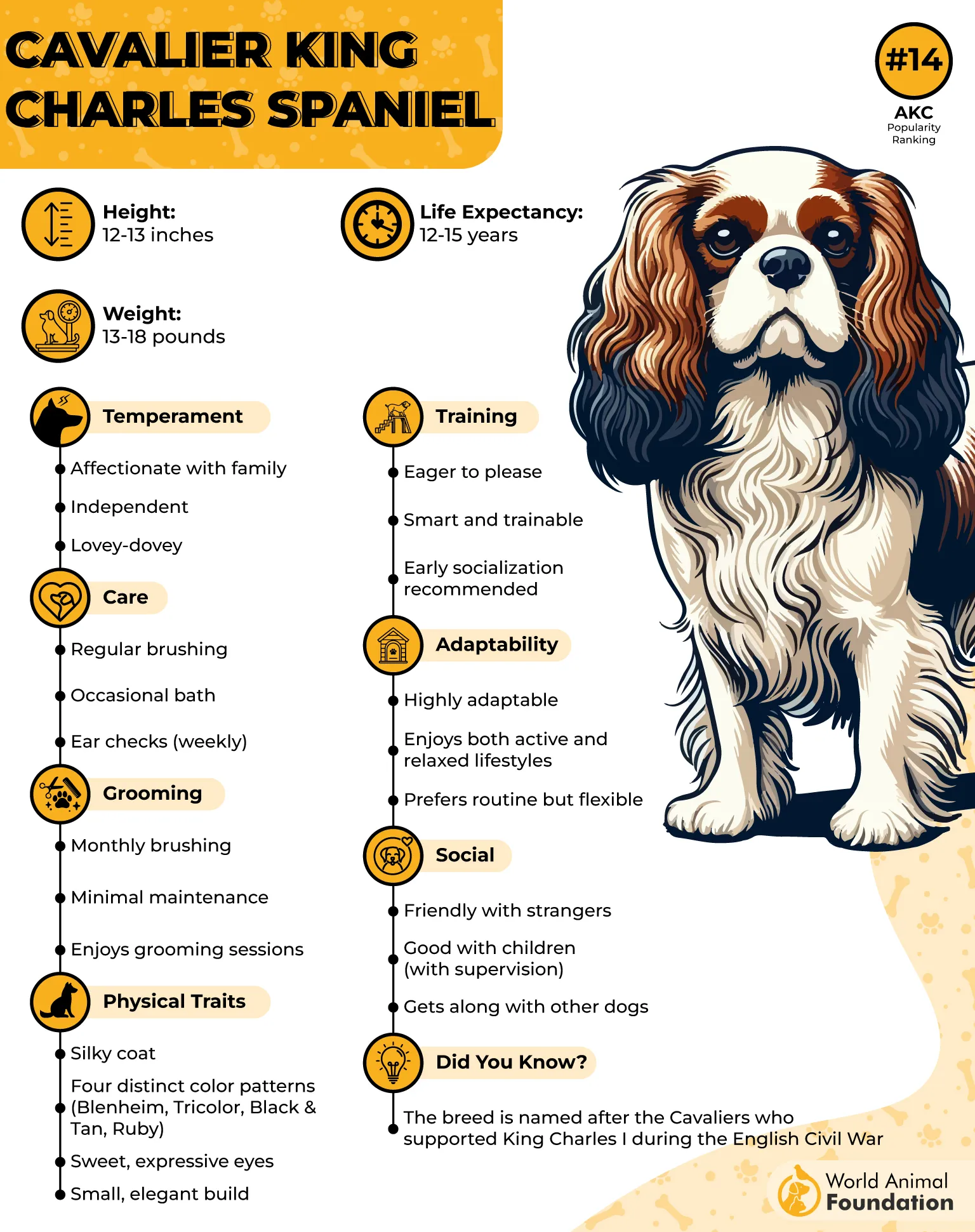
Despite their small size, these dogs have a hearty appetite and will eat almost anything. This makes portion control and meal timing crucial to prevent obesity. Interactive feeders can help slow them down and keep their food-driven instincts in check.
Their loving nature makes them excellent therapy dogs, providing comfort to both their owners and others. Whether curled up on a couch or out on a walk, their friendly temperament and affectionate nature make them a joy.
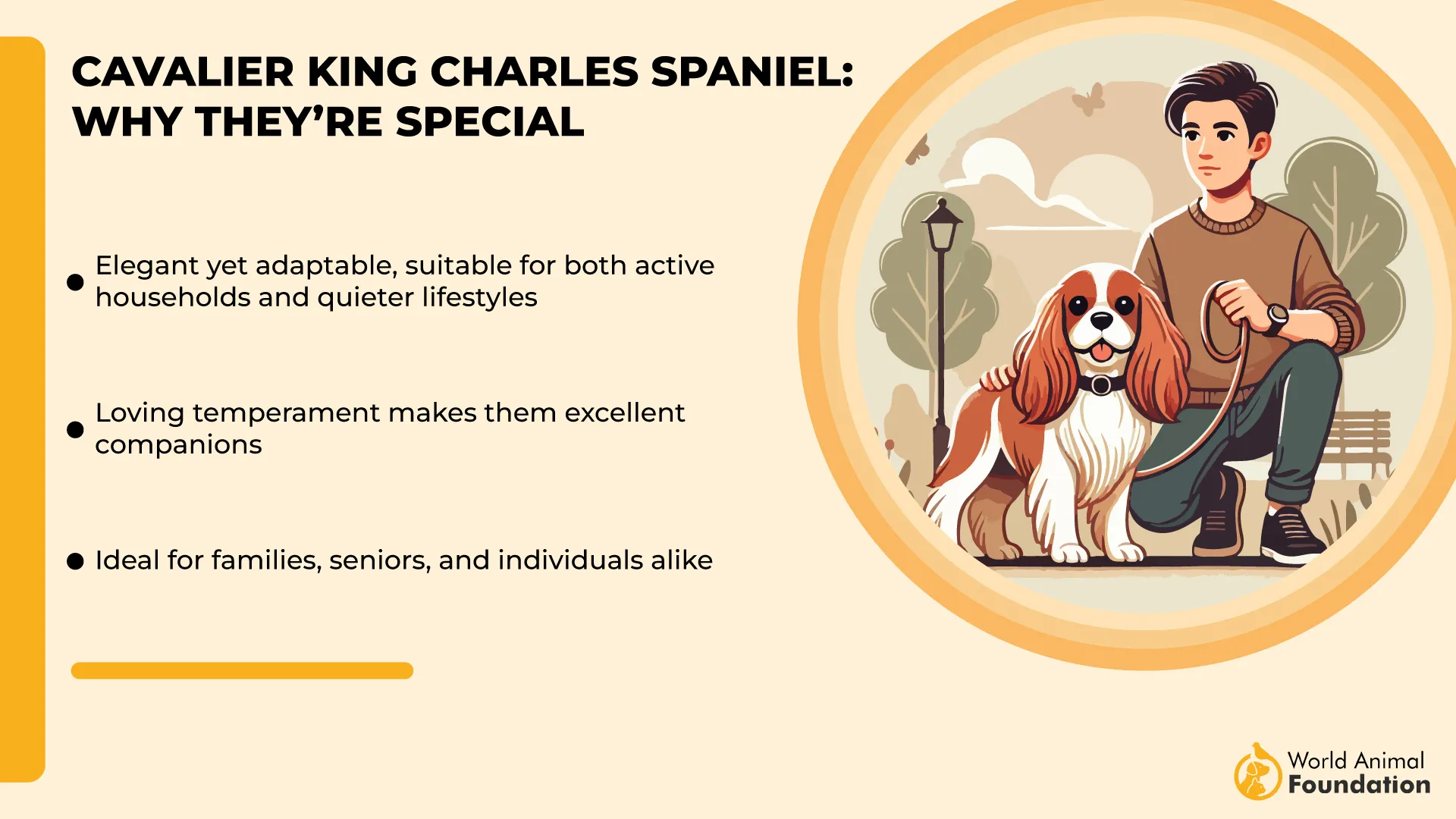
The Cavalier is an ideal choice for those seeking a loyal and food-loving companion. They can enjoy their meals with proper feeding habits and exercise while staying fit and active.
4. Australian Shepherd

Australian Shepherds are high-energy working dogs with a strong appetite. These trainable and intelligent dogs excel in dog sports, herding, and various activities that challenge their quick minds. Their food motivation makes them easy to teach, but they’ll also eagerly search for extra snacks if given the chance.
These dogs thrive in active environments where they can put their intelligence to use. They need plenty of exercise and mental stimulation to stay happy. Without it, their strong food drive can lead to boredom eating and excessive snacking.

Aussies require a well-balanced diet to support their energy levels. Since they strongly desire to work, structured meals and rewards during training sessions help keep them focused. Using food wisely ensures they stay motivated without overindulging.
Their loyal and affectionate personalities make them excellent companions for those who can match their activity levels. They bond closely with their owners and respond well to structured training, excelling in advanced skills.
The Australian Shepherd is a great fit for active families looking for a high-energy, food-driven pet. Proper management can balance their eager appetite with a healthy lifestyle.
5. English Springer Spaniel

The English Springer Spaniel is a classic example of a food-motivated breed. These energetic dogs were originally bred for hunting, making them naturally inclined to seek out food rewards. Their eagerness makes them highly responsive to training, but their love for food can also lead to counter-surfing and stealing snacks.
With their boundless energy, these dogs require a nutrient-rich diet to keep up with their active lifestyle. Their strong work ethic means they excel in search and rescue tasks, agility competitions, and other demanding roles.
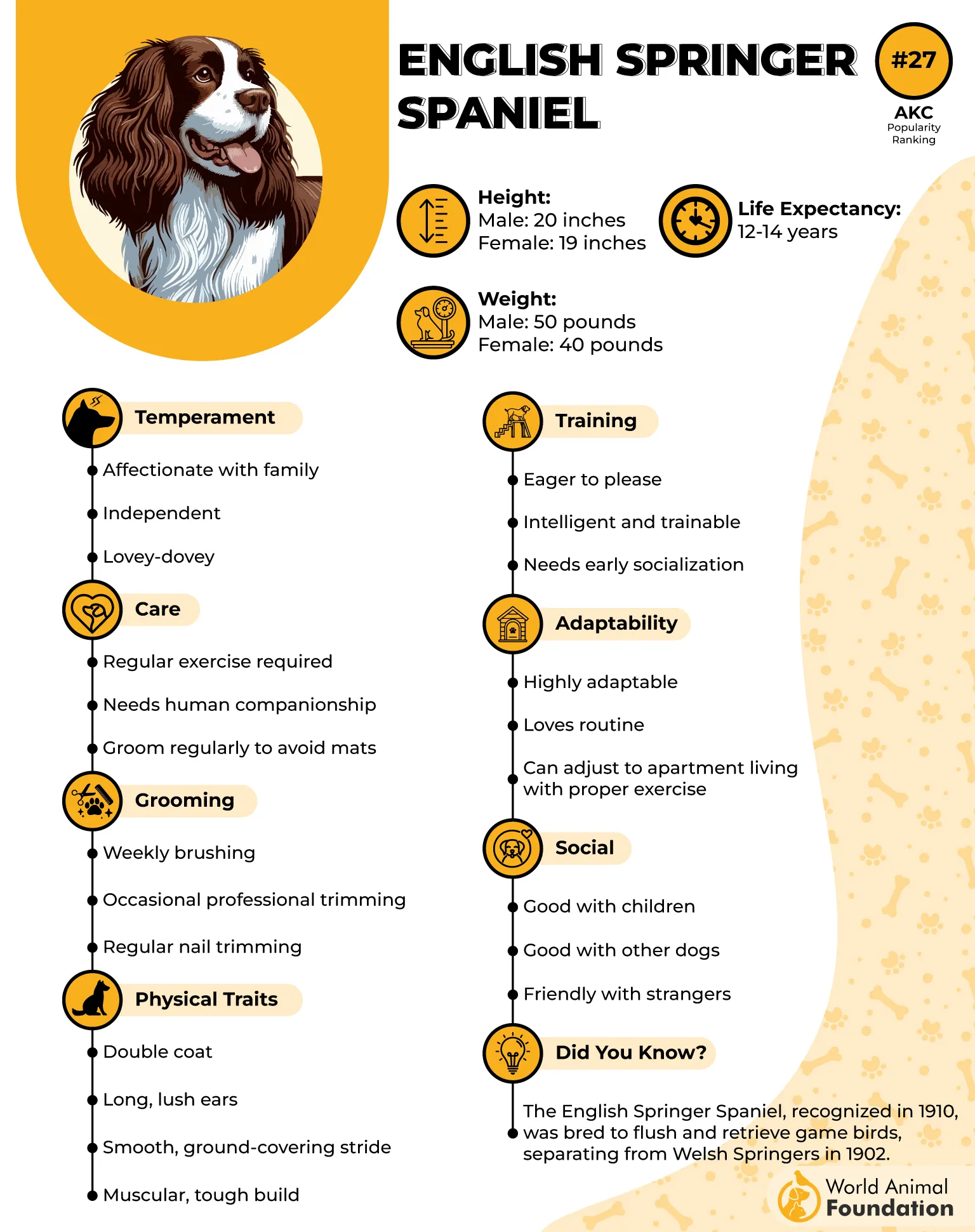
Since they have an affectionate nature, they thrive on human interaction. Whether participating in dog sports or enjoying long walks, they are happiest when engaged in activities with their owners, says Purina. Their loyalty makes them a favorite among active households.
Portion control and structured feeding schedules help prevent weight gain. Slow-feeder bowls and interactive food toys keep their minds engaged while ensuring they don’t eat too quickly.
For those who enjoy outdoor adventures, the English Springer Spaniel is an ideal choice. Their playful nature and love for food make them excellent pets, provided their eating habits are well-managed.
6. German Shepherd

The German Shepherd is a powerful, intelligent breed with a hearty appetite. Known for their versatility, they are commonly used in military work, police operations, and search and rescue missions, says AKC. Their food motivation makes them highly responsive in training sessions, but it also means they can develop bad habits such as eating too quickly or begging for extra meals.
Originally bred for herding and protection, these dogs have high energy levels and require a diet rich in protein and nutrients. Since they are naturally trainable, food rewards effectively reinforce good behavior. However, overfeeding can lead to weight issues, so portion control is essential.
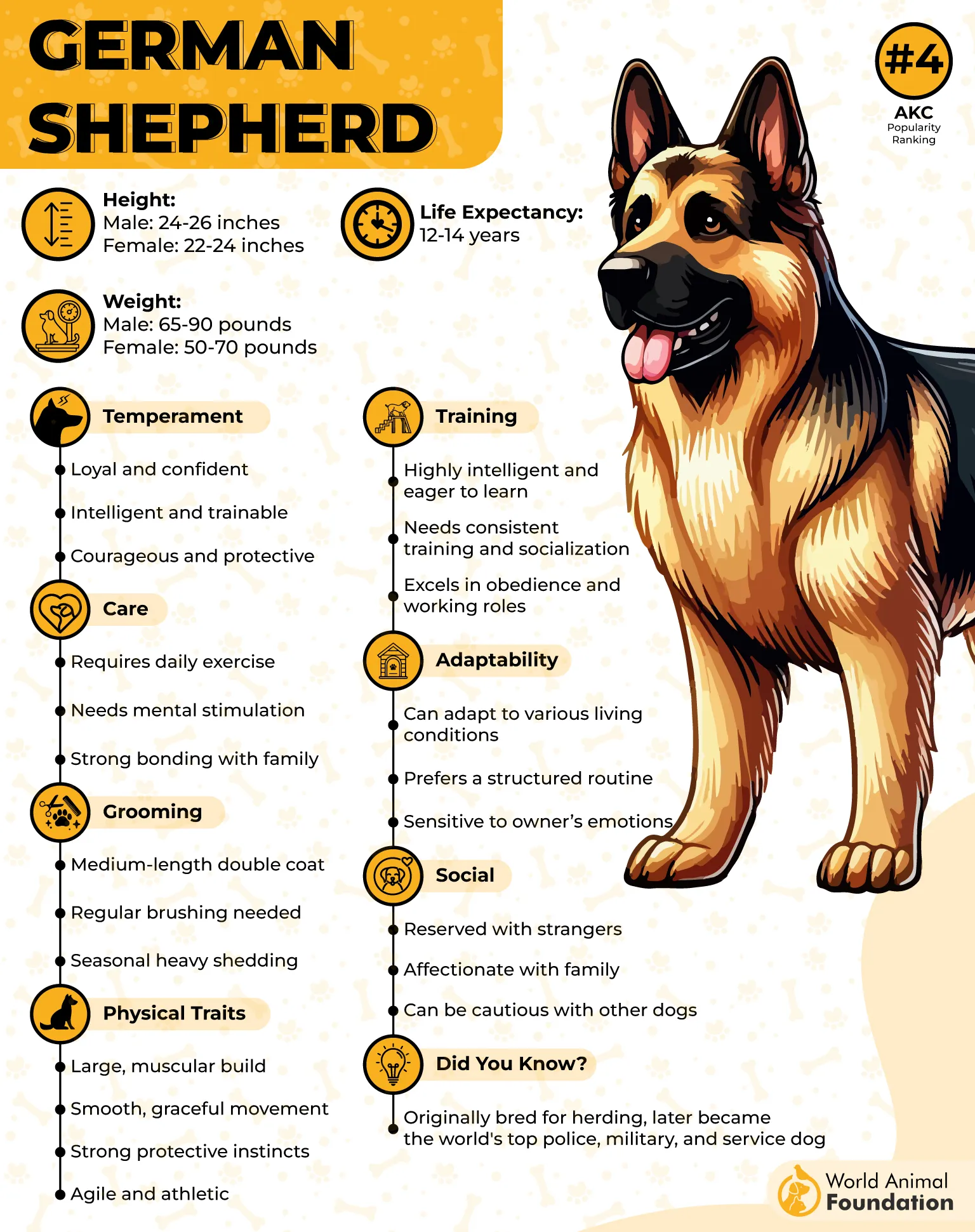
German Shepherds are quick learners and excel in advanced obedience, making them a great fit for active owners who enjoy working closely with their pets. Their ability to follow commands with precision makes them stand out in competitive sports and high-stakes work environments.
Because of their deep chest structure, they are at risk of bloat, a serious condition that can be exacerbated by fast eating. Using slow-feeder bowls and dividing meals into smaller portions helps prevent digestive problems while satisfying their appetites.
The German Shepherd is an excellent choice for those looking for a dedicated, loyal companion with a strong work ethic. With a structured feeding plan and plenty of physical and mental challenges, they thrive in active households.
7. Border Collie

According to Britannica, the Border Collie is widely regarded as one of the most intelligent and highly trainable dog breeds. Their strong work drive and intense focus make them excel in dog sports, herding trials, and complex obedience tasks. Along with their sharp minds, they have an impressive appetite that fuels their high-energy lifestyle.
These dogs were originally bred for herding livestock, requiring agility and endurance. Their instincts make them incredibly responsive to positive reinforcement, and they will do just about anything for a tasty reward. However, their food obsession can lead to overeating if not monitored properly.
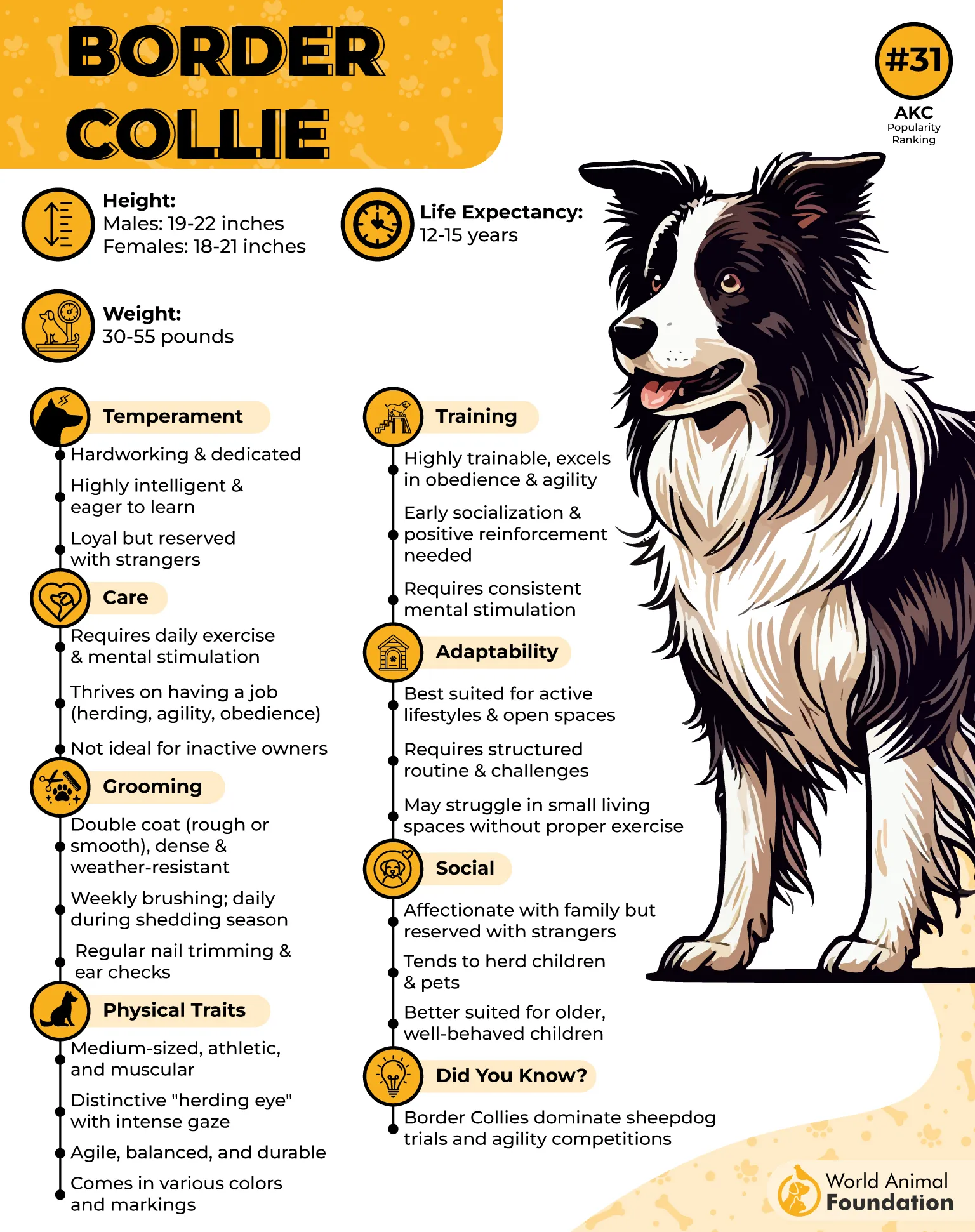
Since they are energetic and ready for action, Border Collies require a diet matching their physical demands. They burn calories quickly, making meal planning important to sustain their activity levels. Interactive feeders and training with food rewards help channel their appetite productively.
Their affectionate nature makes them wonderful companions, but they require plenty of mental stimulation to prevent boredom. They may resort to mischief without enough activity, including scavenging for extra food around the house. Combining exercise, structured feeding, and engaging tasks helps maintain their eager spirit without overindulgence.
For active owners who enjoy training and working with highly responsive dogs, the Border Collie is an exceptional breed. With the right balance of nutrition, exercise, and mental challenges, they remain fit, happy, and always ready to learn something new.
Conclusion
Owning an eager-to-please dog breed comes with both advantages and challenges. Their love for food makes training sessions easier, especially with positive reinforcement. However, without proper portion control and exercise, overeating can lead to weight gain and health issues. These food-driven breeds thrive on structured meal plans and an active lifestyle like a Labrador Retriever or Golden Retriever.
Understanding your dog’s instincts and history is key to maintaining a balanced diet. While retrievers are known for their insatiable appetites, other breeds, like herding and working dogs, also require careful feeding routines. Regular activity, mental stimulation, and slow-feeder bowls can help prevent rapid eating and digestive problems.
A well-fed, well-exercised dog is a happy and healthy one. Whether it’s an energetic herding breed or a food-loving companion, responsible feeding habits ensure they stay fit without sacrificing their enthusiasm for mealtime. By managing their diet wisely, you can satisfy your eager eater while promoting long-term well-being.


